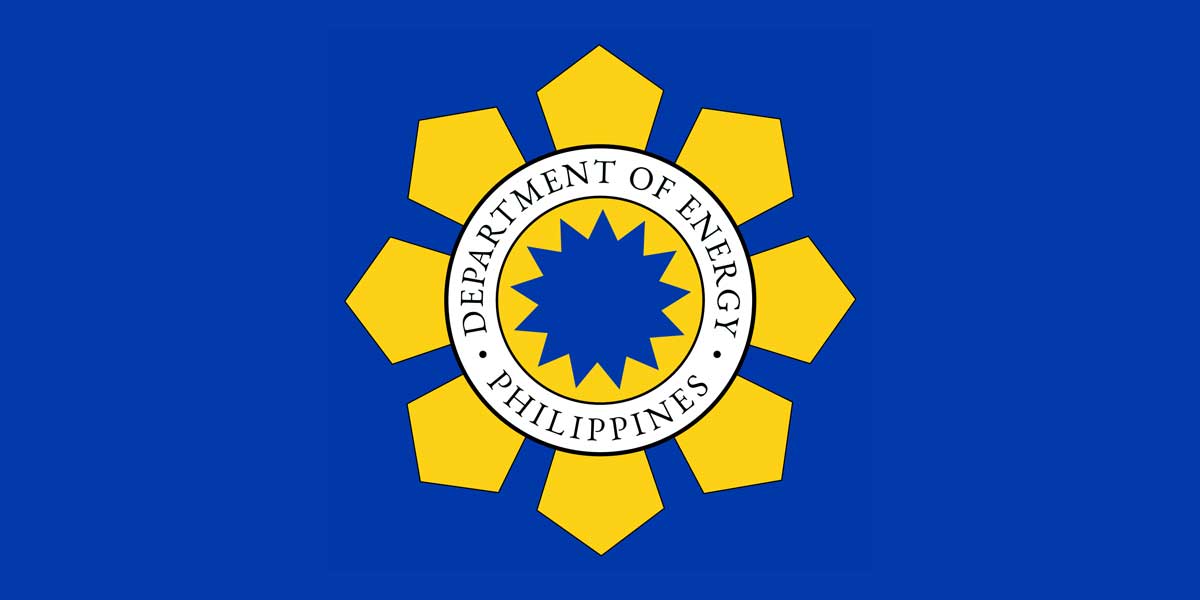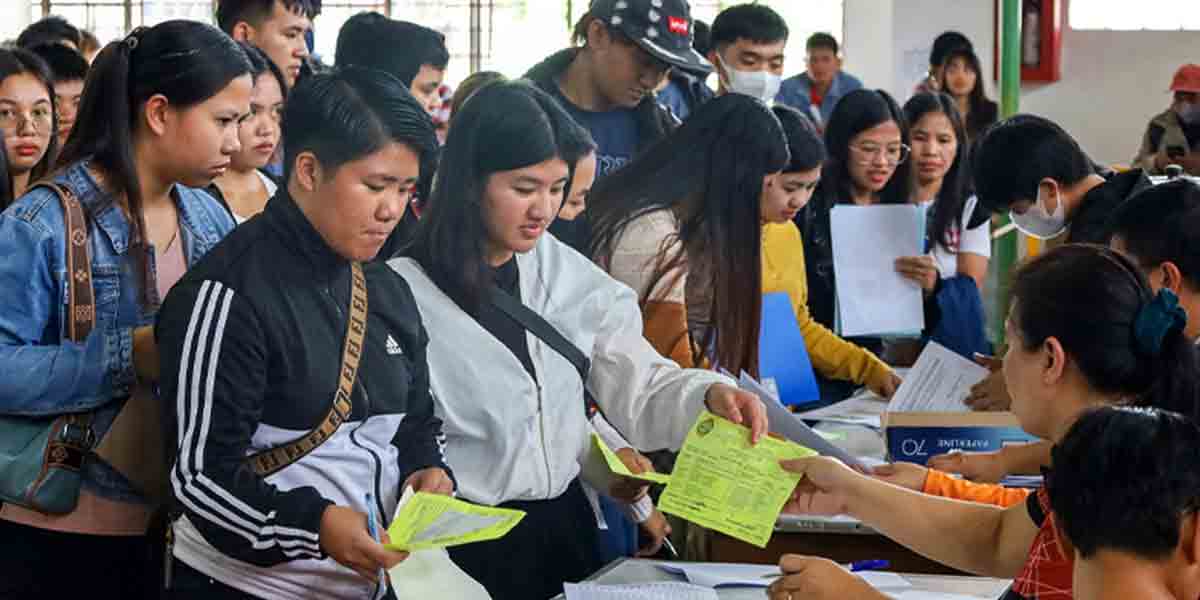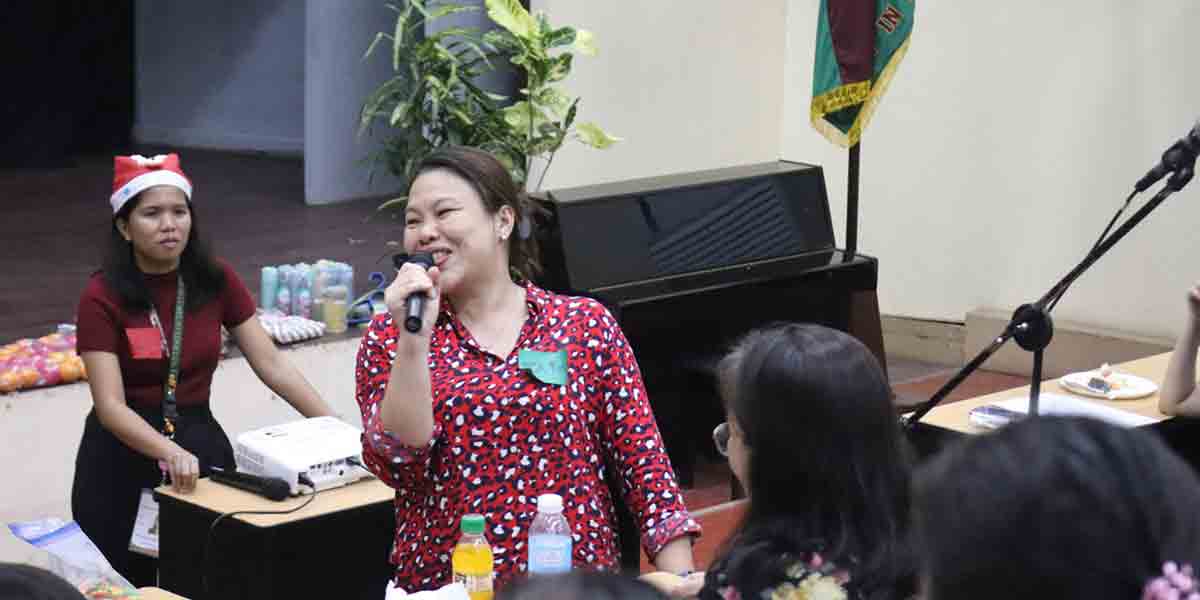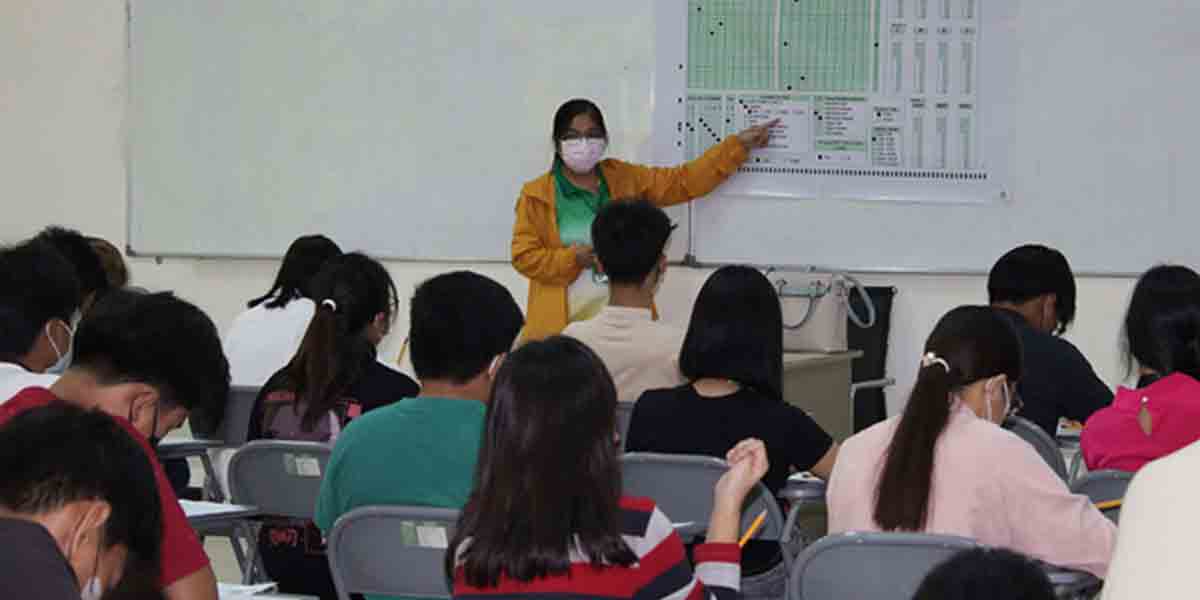By Herman M. Lagon
TECHNOLOGY integration has become a pivotal force in shaping effective teaching and learning strategies in today’s rapidly evolving educational landscape. One noteworthy tool at the forefront of this transformation is GeoGebra—a free and versatile computer program designed to support the teaching and learning of mathematics, especially in geometry, algebra, statistics, analytics, and calculus. Its multifaceted capabilities offer a dynamic medium that empowers users to visualize abstract mathematical concepts precisely and efficiently.
GeoGebra’s impact on mathematics teaching and learning is substantial and far-reaching. Through its innovative features and functionalities, this software enriches the quality of learning experiences, enabling students to explore, visualize, and construct mathematical ideas effectively. Research studies (Azizah et al., 2021; Shadaan & Leong, 2013; Tamam & Dasari, 2021) attest to its positive influence on enhancing students’ mathematical abilities.
One of GeoGebra’s significant benefits is its ability to bridge the gap between mathematical concepts and their real-world applications. This becomes particularly relevant in the Philippine setting, where mathematics education is deeply valued, and a need exists to connect theoretical knowledge with practical understanding. Using GeoGebra (see geogebra.org), educators can provide students with dynamic visualizations that make abstract mathematical concepts more accessible and relatable.
In high school and college mathematics, GeoGebra’s contribution is particularly noteworthy. Its visualization tools enable students to grasp complex mathematical procedures, especially in topics like calculus. Graphical representations and interactive simulations aid students in mastering functions, limits, and other advanced calculus concepts.
For educators, GeoGebra is a versatile companion, offering tools to make math more meaningful and engaging for students. The software’s user-friendly interface empowers teachers to create free and contextualized digital worksheets that incorporate interactive simulations. Teachers can easily share these resources with students, fostering collaborative learning experiences that enhance understanding.
The beauty of GeoGebra lies not only in its functionality but also in its accessibility. This free software is available across various platforms, including computers, tablets, and smartphones. Its online version eliminates the need for downloads, making it convenient for students and teachers alike. Furthermore, GeoGebra offers a symbolic calculator, allowing users to solve equations and perform derivatives and integrals quickly.
GeoGebra’s pedagogical applications are vast and diverse. Instructors can use the software to conduct demonstrations, fostering a dynamic classroom environment. Students can engage in interactive exercises, record their work, and share it with teachers for formative and summative evaluations. The software’s adaptability makes it suitable for differential, integral, and advanced calculus, enabling students to visualize functions and explore their properties.
As the world embraces technology-driven education, GeoGebra emerges as a tool that aligns seamlessly with the spirit of intellectual curiosity and discernment. Its integration empowers students to explore mathematical concepts, enhance their understanding of complex mathematical principles, and develop problem-solving skills. In the Philippines, where education holds a place of profound importance, embracing GeoGebra’s potential is a step toward nurturing adaptable problem solvers, critical thinkers, and confident leaders who can navigate the complexities of our ever-changing world. As we continue to maximize the capabilities of GeoGebra, we lay the groundwork for a future generation of learners and teachers equipped with the skills to thrive in the digital age.
***
Doc H fondly describes himself as a ‘student of and for life’ who, like many others, aspires to a life-giving and why-driven world that is grounded in social justice and the pursuit of happiness. His views herewith do not necessarily reflect those of the institutions he is employed or connected with.





















